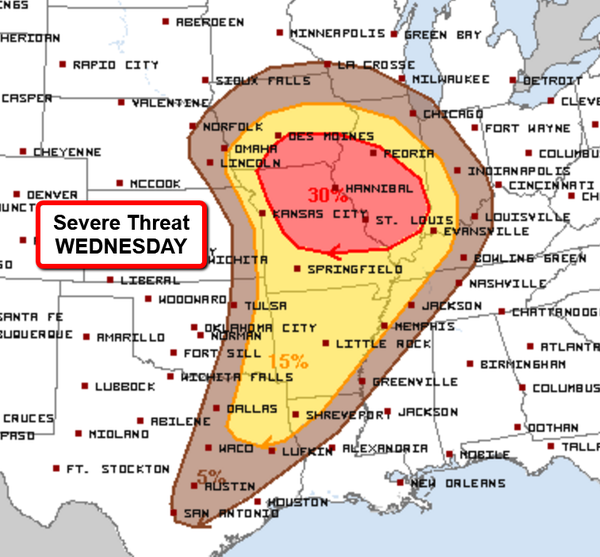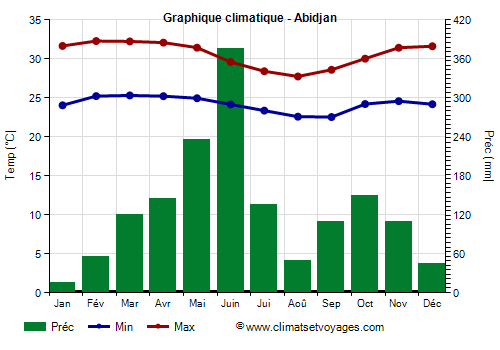Damaging Winds: What To Expect During Fast-Moving Storms

Table of Contents
Understanding Fast-Moving Storm Dynamics
Fast-moving storms are particularly dangerous because their intense wind speeds are concentrated over a smaller area, increasing the destructive potential. The speed at which a storm travels significantly impacts the intensity of the damaging winds experienced.
Wind Speed and Intensity
The relationship between storm speed and wind intensity is complex. Faster storms often create more localized, powerful gusts. This concentrated energy can lead to more severe damage in a smaller geographical area compared to slower-moving storms which might spread the damage over a wider region.
- Tropical Storms: Sustained winds typically range from 39 to 73 mph (63 to 118 km/h).
- Hurricanes: Sustained winds are 74 mph (119 km/h) or higher, categorized further by wind speed into categories 1-5 on the Saffir-Simpson Hurricane Wind Scale.
- Tornadoes: Wind speeds vary greatly and are measured using the Enhanced Fujita scale (EF-scale), ranging from EF0 (weak) to EF5 (violent), with EF5 tornadoes having wind speeds exceeding 200 mph (322 km/h).
- Microbursts: These are sudden, powerful downdrafts of air that can produce extremely strong, localized winds, exceeding 100 mph (161 km/h) in some cases, causing significant, concentrated wind damage.
Predicting the Path of Fast-Moving Storms
Accurately predicting the paths of fast-moving storms is challenging due to their rapid changes in direction and intensity. Relying on official weather forecasts and warnings is paramount.
- Reliable Weather Apps: Use reputable weather apps from meteorological agencies like the National Weather Service (NWS) or similar organizations in your region.
- Local News: Stay informed through local news broadcasts and websites, which provide up-to-the-minute updates and warnings.
- Understanding Alerts: Familiarize yourself with the meaning of weather alerts:
- Watch: Conditions are favorable for the development of severe weather.
- Warning: Severe weather is imminent or occurring.
- Advisory: Less serious conditions exist that could still pose a threat.
- Multiple Sources: Cross-reference information from multiple reliable sources to get a more comprehensive picture of the approaching storm and potential for damaging winds.
Types of Damage Caused by Damaging Winds
Damaging winds from fast-moving storms can inflict significant damage across a wide range of areas, impacting infrastructure, property, and even posing risks to human safety.
Structural Damage to Buildings
High winds can cause substantial structural damage to buildings, including:
- Roof Damage: Roofs are particularly vulnerable, with high winds potentially tearing off shingles, lifting entire sections of roofing, or causing complete roof failure.
- Broken Windows: The impact of flying debris propelled by strong winds can shatter windows, allowing wind and rain to enter and causing further damage.
- Structural Collapse: In extreme cases, the force of the wind can compromise a building's structural integrity, leading to partial or complete collapse.
- Vulnerable Features: Older buildings, poorly constructed structures, and those with large windows or inadequately secured roofs are at higher risk. Different building materials react differently to wind loads; some are more resistant than others. Wind load calculations are crucial in assessing structural integrity.
Damage to Trees and Power Lines
High winds pose a serious threat to trees and power lines, leading to widespread damage and further hazards:
- Uprooted Trees: Strong winds can uproot trees, causing them to fall and damage property or injure people.
- Snapped Branches: Large branches can break off and become dangerous projectiles, potentially causing significant damage.
- Downed Power Lines: Falling trees and strong winds can easily knock down power lines, resulting in widespread power outages and electrocution risks.
- Debris Hazards: Falling trees and broken branches create significant debris hazards that can further damage property and injure people.
- Tree Maintenance: Regular tree trimming and removal of dead or diseased branches can help mitigate the risk of damage from high winds.
Impact on Transportation
Damaging winds significantly impact transportation, creating dangerous driving conditions and disrupting travel:
- Driving Hazards: Driving during high winds is extremely dangerous, with the risk of vehicles being blown off course or experiencing loss of control.
- Road Closures: High winds can lead to road closures due to falling debris, downed power lines, or flooding.
- Transportation Delays: High winds can cause significant delays in air, rail, and road transportation.
- Air Travel: Airlines may cancel or delay flights due to high winds impacting visibility and flight safety.
Staying Safe During Fast-Moving Storms with Damaging Winds
Preparation and awareness are crucial for surviving fast-moving storms with damaging winds. Following these steps can greatly minimize risks.
Preparing for a Fast-Moving Storm
Before a fast-moving storm hits, take these steps to protect yourself and your property:
- Secure Loose Objects: Bring loose outdoor furniture, garbage cans, and other items inside or secure them firmly to prevent them from becoming airborne projectiles.
- Evacuation Plan: Develop an evacuation plan if you live in an area prone to severe weather, identifying safe routes and shelters.
- Emergency Supplies: Gather emergency supplies, including food, water, a first-aid kit, flashlights, batteries, and a portable radio.
Actions to Take During the Storm
During the storm, your safety is paramount:
- Seek Shelter: Move to the strongest part of your home, typically an interior room or basement away from windows.
- Stay Away from Windows: Avoid windows and doors during the storm, as they are particularly vulnerable to damage.
- Monitor Weather Updates: Continue monitoring weather updates from reliable sources to stay informed about the storm's progress and any changes in intensity.
Post-Storm Safety
After the storm passes, proceed cautiously:
- Assess Damage: Carefully inspect your home and property for damage, checking for structural issues, downed power lines, and other hazards.
- Avoid Downed Power Lines: Never approach downed power lines; report them to the appropriate authorities immediately.
- Report Damage: Report any damage to your home or property to your insurance company and local authorities.
Conclusion
Damaging winds associated with fast-moving storms present a significant threat. Understanding the dynamics of these storms, the types of damage they can cause, and the steps needed to stay safe is crucial for minimizing risks. By following the safety guidelines outlined in this article and staying informed about weather alerts, you can significantly improve your preparedness and protect yourself and your property from the damaging winds of fast-moving storms. Remember to always prioritize safety and consult official weather sources for up-to-date information on approaching severe weather and damaging winds. Being prepared for damaging winds is vital for protecting your safety and your property.

Featured Posts
-
 Ryujinx Switch Emulator Project Officially Ends After Nintendo Contact
May 20, 2025
Ryujinx Switch Emulator Project Officially Ends After Nintendo Contact
May 20, 2025 -
 Cote D Ivoire Le Systeme De Numerotation Des Batiments Du District D Abidjan
May 20, 2025
Cote D Ivoire Le Systeme De Numerotation Des Batiments Du District D Abidjan
May 20, 2025 -
 Schumacher Viaja De Mallorca A Suiza En Helicoptero Visita A Su Nieta
May 20, 2025
Schumacher Viaja De Mallorca A Suiza En Helicoptero Visita A Su Nieta
May 20, 2025 -
 Railroad Bridge Accident Two Adults Killed Childrens Fate Unknown
May 20, 2025
Railroad Bridge Accident Two Adults Killed Childrens Fate Unknown
May 20, 2025 -
 Was It A Deepfake Examining The Bbcs Agatha Christie Footage
May 20, 2025
Was It A Deepfake Examining The Bbcs Agatha Christie Footage
May 20, 2025
